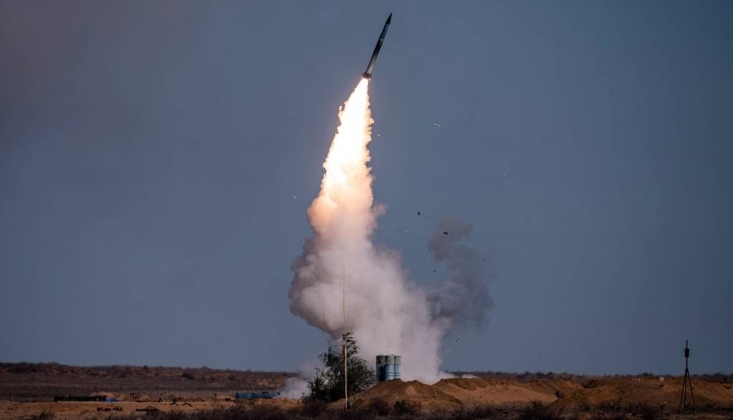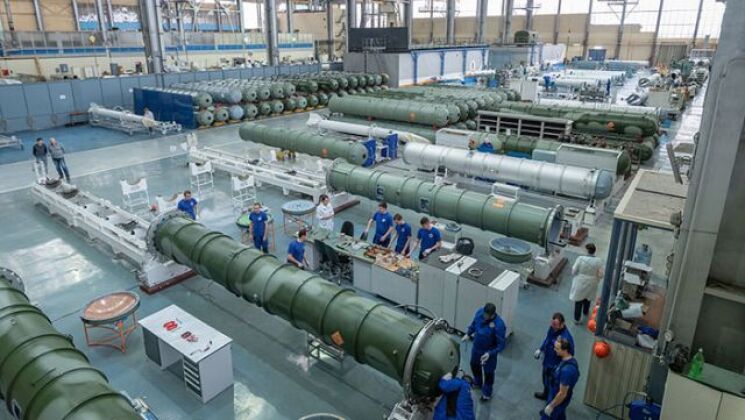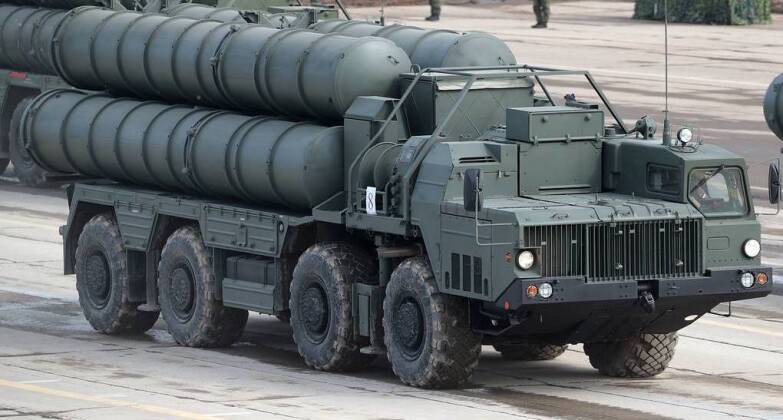News
Russia Doubles Missile Production For S-400 Air Defence System
The Russian defence concern responsible for air defence production, Almaz-Antey, has in 2025 more than doubled its output of missiles for the S-400 long range surface-to-air missile system, as well as for the medium range S-350 system. Demand for the S-400 from the Russian Aerospace Forces remains high, while the firm not only has outstanding orders from the Indian Defence Ministry, but is also expected to receive further Indian orders under a contact that is currently being negotiated. This follows high levels of satisfaction expressed by the Indian military leadership after the S-400 played a central role in air defence efforts against Pakistan in May. The Russian Aerospace Forces rely on the S-400 as the primary asset for defending the country’s airspace, with over 35 regiments currently in service, while investments in procuring the system have far exceeded those in procuring all classes of fighter aircraft combined over the past three decades.

Reporting on the production increase, Almaz-Antey stated in a press release: “The commissioning of new production facilities allowed the concern not only to deliver some equipment to the troops ahead of schedule, but also to quadruple the production of a number of products and increase the output of other missile systems.” “Over the past year alone, the production of technical equipment for the S-350 Vityaz and S-400 Triumph anti-aircraft missile systems has more than doubled, and serial production of new types of missile weapons has been mastered,” it added. Even before the latest production increase, S-400 was already in production on a larger scale than any other long range air defence system in the world. Russian President Vladimir Putin in January 2023 alluded to the scale of the country’s productive capacity for surface to air missile systems, claiming on a visit to the Obukhovsky Plant in St. Petersburg that this one facility had a greater capacity than the rest of the world combined. This assertion was widely questioned.

Large scale procurement of the S-400 has been facilitated by major investments in rejuvenation of the Russian surface-to-air missile industry, which was authorised by the Kremlin in the year 2000. Three major new facilities ordered built for producing missile systems, including a new wing of the Obukhov Plant, the Avitek Plant in Kirov which was throughly modernised, and the NMP Plant in Nizhniy Novgorod. Serious delays meant these facilities were only ready for large scale production in the mid-2010s, with deliveries having escalated significantly since them, allowing multiple regiments worth of S-400s to be produced annually alongside production of other long ranged systems such as the S-300V4 and S-500.

The S-400 has been combat tested multiple times during ongoing hostilities in the Ukrainian theatre, with its longest ranged missile class the 40N6 also being tested. The missile achieves a very long targeting range over the earth’s curvature by using targeting data either from forward deployed ground based radars, or from airborne radars, with a two part trajectory that first sees it ascend to altitudes of close to 30,000 meters, before descending using this targeting data to strike over the horizon. The missile saw its first use abroad in May when used by the Indian Air Force to destroy high value Pakistani aircraft.












